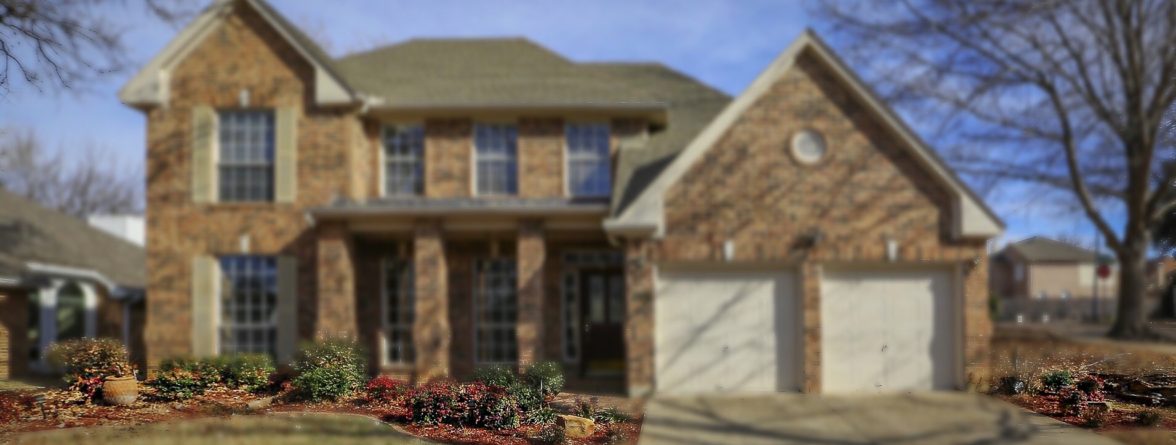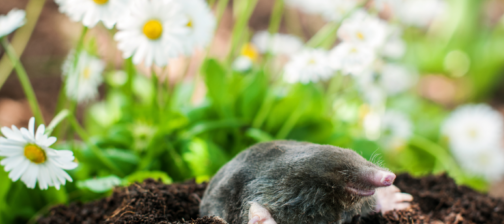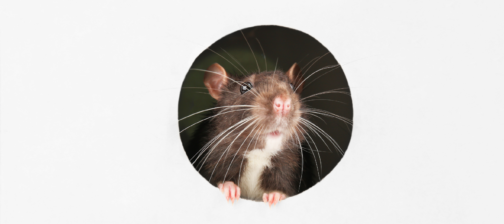A common worry for homeowners is the threat that a layer of mulch next to a house foundation might draw termites. It can enhance curb appeal and minimize weeds, but not every pest control company likes it. If you have your heart set on it, we’ll explain the best way to apply it to help minimize the risk for a termite invasion.
Know the Risk
We live in an area of the country with the greatest risk for termite infestations and damage. Termites cause more damage every year than earthquakes, house fires, and hurricanes combined. Homeowner’s insurance also doesn’t cover termite damage. It is important to know the risk for termites before applying mulch around your home.
Termites love warm, moist environments. The main benefit to mulch is it retains moisture. It is vital you have good drainage around your home’s foundation. A quick tip is to grade the soil at a 5-percent slope away from the home’s foundation.
Questions to Consider When Mulching
 There are a few questions to think about before applying mulch around your home’s foundation.
There are a few questions to think about before applying mulch around your home’s foundation.
- Should it come into contact with the foundation?
- How high up the foundation is acceptable?
- Are some types of mulch preferable when it comes to termite control? Does a wood mulch actually draw these pests to a yard, in search of a snack?
We’ll explore each of these questions individually.
Should it come into contact with the foundation?
To avoid the greatest risk for an undetected termite infestation, you should not apply it right next to the home’s foundation/wooden structure, especially if you have your termite protection with us. We trench right up next to the home’s foundation and treat your home with a termiticide. Any disruption of this application could contribute to a termite invasion.
It is best to leave a 1-foot gap of bare ground in between the mulch and your home’s foundation. You should also make sure to keep this gap dry at all times because, remember, termites love moisture.
How high up the foundation is acceptable?
The depth of your mulch bed should be limited to about 2 to 4 inches or about 8-inches below the wooden sill plate of the house structure.

Are some types of mulch preferable when it comes to termite control? Does a wood mulch actually draw these pests to a yard, in search of a snack?
When it comes to the best type of mulch to use when termite control is a concern, there is a widespread misconception. People assume that because termites eat wood only wood mulches present a problem. That is a myth.
The issue is not termites being drawn to a property by the promise of wood mulch they can eat, but rather termites already present (in the soil) exploiting the mulch as a hiding place, using it as a launching pad to invade your house.
Therefore, placing it near the foundation, specifically, just invites termites to rise up out of the soil and search for ways to penetrate your house’s walls.
There are actually some kinds of wood mulch that termites dislike:
- Cedar mulch
- Mulch that comes from the heartwood of cypress
Protect Your Home
It is wise to know what termites look like, what attracts them, and to learn the difference between them and ants. Regularly inspect your mulch beds and keep the bare gap dry as much as possible. Imperial Pest Controllers’ termite protection is second to none. Be sure to maintain your termite protection year after year or think about adding it.
Don’t leave one of your most valuable possessions vulnerable to a termite infestation.
This article is contributed to by thespruce.com.



